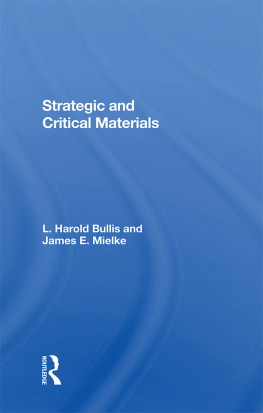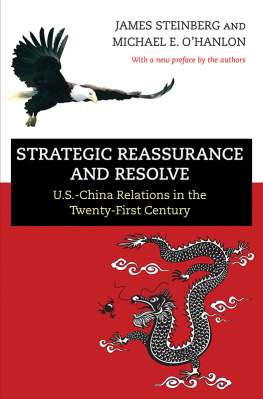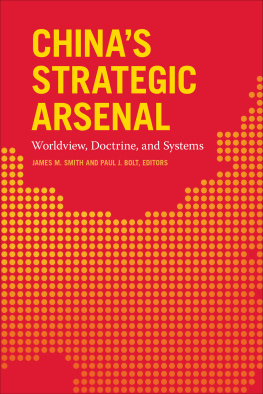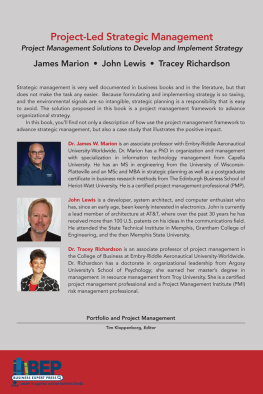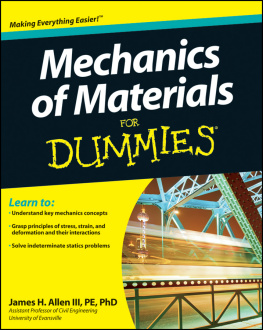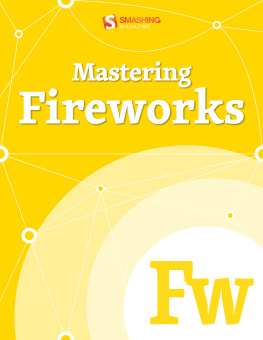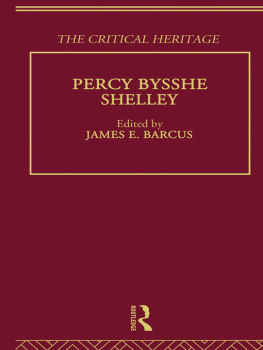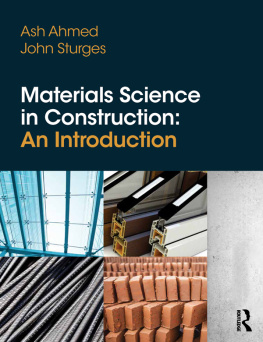Strategic and Critical Materials
Also of Interest
National Security and Strategic Minerals: U.S. Dependence on Foreign Sources of Cobalt, Barry Blechman
International Minerals: A National Perspective, edited by Allen F. Agnew
National Security and Technology Transfer: The Strategic Dimensions of East-West Trade, edited by Gary K. Bertsch and John R. McIntyre
The Politics of East-West Trade, edited by Gordon B. Smith
Economic Warfare or Dtente: An Assessment of East-West Relations in the 1980s, edited by Reinhard Rode and Hanns-D. Jacobsen
The U.S. and the World Economy: Policy Alternatives for New Realities, edited by John Yochelson
The Politics of Resource Allocation in the U.S. Department of Defense, Alex Mintz
Defense Facts of Life: The Plans/Reality Mismatch, Franklin C. Spinney, edited and with commentary by James Clay Thompson
Available in hardcover and paperback.
About the Book and Authors
Much attention has been focused on U.S. dependency on imports for supplies of strategic minerals and materials. There is alarm about the extent of that dependency and about the possibility that U.S. economic, political, and strategic decisions might be unduly influenced by arbitrary actions of foreign suppliers. In addition, there is concern that the Soviet Union may be pursuing a so-called "resources war" with the West to restrict the flow of certain strategic and critical materials from producer nations to the United States and its allies. A wide range of expert opinion has developed concerning the degree to which such fears are justified.
The authors of this book examine these controversies and stress the need to consider basic resources, foreign policy, industry, and technical issues in an interrelated fashion. They trace the role of strategic materials in the U.S. economy, discuss the global distribution of supplies, and make recommendations for more effectively coping with the problem in the future.
L. Harold Bullis , formerly a specialist in science and technology and head of the Geosciences, Materials, and Industrial Technology Section of the Science Policy Research Division of the Congressional Research Service, is currently a private consultant. James E. Mielke is a specialist in earth and marine sciences and is head of the Geosciences, Materials, and Industrial Technology Section of the Science Policy Research Division of the Congressional Research Service, U.S. Library of Congress.
In memory of Franklin P. Huddle
Strategic and Critical Materials
L. Harold Bullis
and James E. Mielke
First published 1985 by Westview Press, Inc.
Published 2019 by Routledge
52 Vanderbilt Avenue, New York, NY 10017
2 Park Square, Milton Park, Abingdon, Oxon OX14 4RN
Routledge is an imprint of the Taylor & Francis Group, an informa business
Copyright 1985 Taylor & Francis
All rights reserved. No part of this book may be reprinted or reproduced or utilised in any form or by any electronic, mechanical, or other means, now known or hereafter invented, including photocopying and recording, or in any information storage or retrieval system, without permission in writing from the publishers.
Notice:
Product or corporate names may be trademarks or registered trademarks, and are used only for identification and explanation without intent to infringe.
Library of Congress Cataloging in Publication Data
Bullis, L. Harold.
Strategic and critical materials.
Includes index.
1. Strategic materialsUnited States. I. Mielke,
James E. II. Title.
HC110.S8B85 1985 333.8'5 85-713
ISBN 13: 978-0-367-28882-2 (hbk)
As rapid growth in world population continues to increase the pressures on maintaining adequate supplies of every major commodity, the United States and other nations can expect to encounter serious problems of materials supply in the years ahead. These problems will arise not from a lack of sufficient materials on a global basis, but rather from a combination of many factorsinternational, political, social, economic, and technologicalthat may restrict the future availability and flow of materials and impede their customary use. Yet very little is now being done by the federal government to anticipate or prevent such potential materials disruptions from taking place. Hence, the primary purpose of this book is to draw attention to how serious these problems have become, how they originated, and what can be done about them.
These problems are so internationally complex that the private sectorincluding industry, academe, and the general publiccannot hope to solve them alone but can only alleviate them. Definitive solutions require that a major role be played by the federal government, and for the most part the government has yet to act. In recent years Congress has taken the initiative in attempting to promote federal action, but the executive branch has generally resisted these overtures. And even Congress has not been monolithic in recognizing the serious nature of these problems among a multitude of other concerns.
What can be done? The authors believe that only the general public and the rest of the private sectorwhich ultimately will bear the full brunt of future materials disruptionscan effectively stimulate federal action toward coordinated long-term materials policy planning. Thus, an early step toward assuring future materials availability must be the emergence of a concerned constituency, fully informed of the nature of the problem. We strongly agree that "citizens without an informed view of the basic resource choices have taken themselves out of the democratic process."
Authorship has been divided mainly along the lines of the individual writers' background experience and expertise. Thus, Harold Bullis is largely responsible for , of the need for a national materials policy.
Errors in a work of this magnitude are virtually unavoidable. It is our hope that they will be minimal and that we have managed to avoid any really serious ones. If not, we apologize and trust that any inconvenience to the reader will be forgiven.
As this book goes to press, new developments on the national scene as discussed in provide at least some cause for modest optimism regarding possibilities for dealing successfully with the materials-related problems described herein. We will be pleased if the present work helps contribute to that future success.
L. Harold Bullis
James E. Mielke
Notes
. Richard J. Barnet, The Lean YearsPolitics in the Age of Scarcity (New York: Simon and Schuster, 1980), p. 3.
. The views expressed are those of the authors and do not necessarily represent positions of the Congressional Research Service or the Library of Congress.
For the greater part of our country's relatively short history, we who live in the United States have taken for granted the abundance of minerals and materials. Only rarely have we encountered situations in which whatever we wanted was not readily available, usually at a quite affordable price. The vast array of consumer goods at our disposalalmost unparalleled in quantity and diversity in any other major, technologically oriented societyhas led us to believe that this immense flow of materials will always be available in the future to the same extent that it has been in the past. By and large, we have given little thought to the origin of the materials from which this prodigious variety of consumer products flows, or to the processes by which materials are shaped into these products we consider so essential to a comfortable, civilized life.


